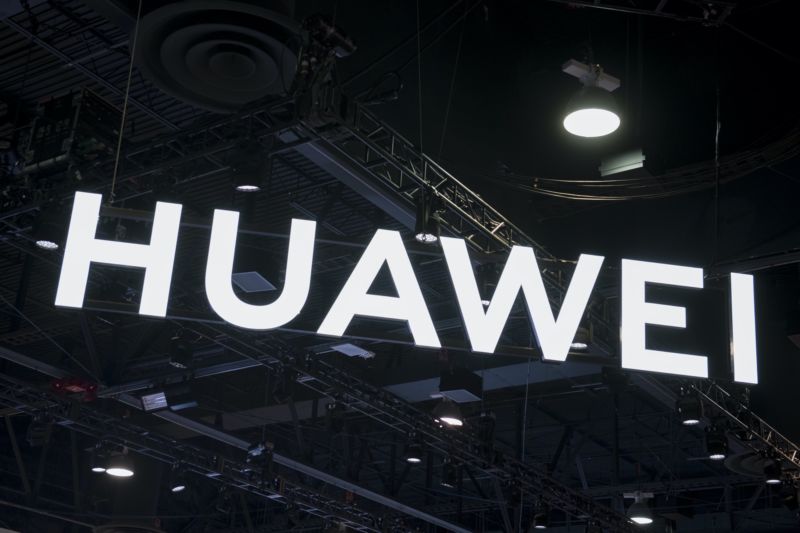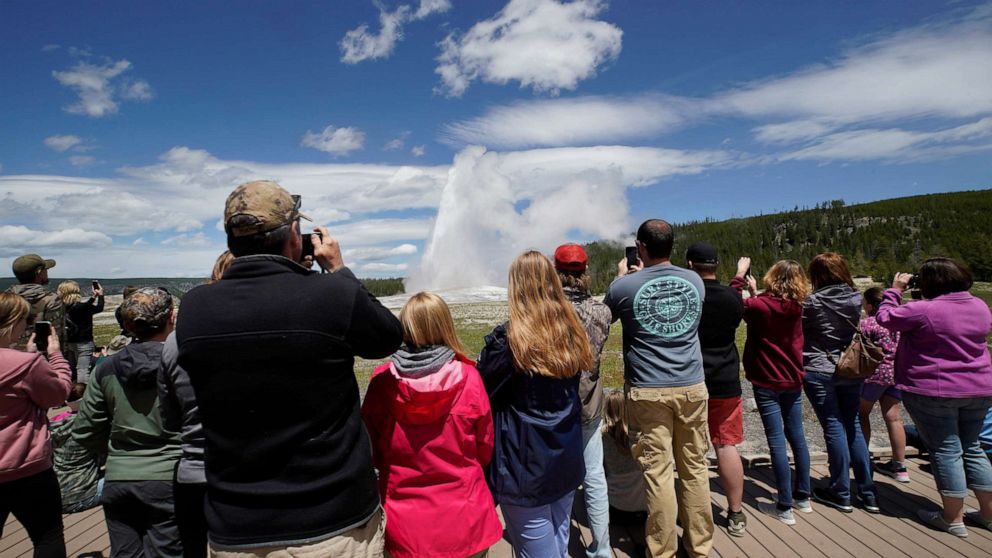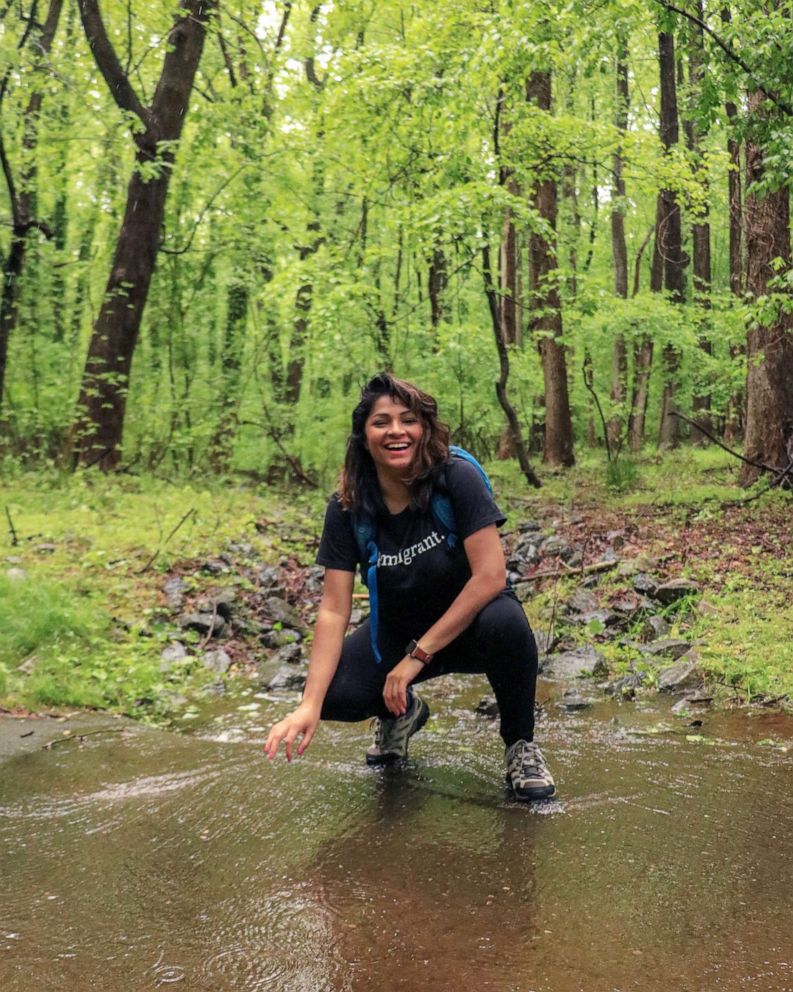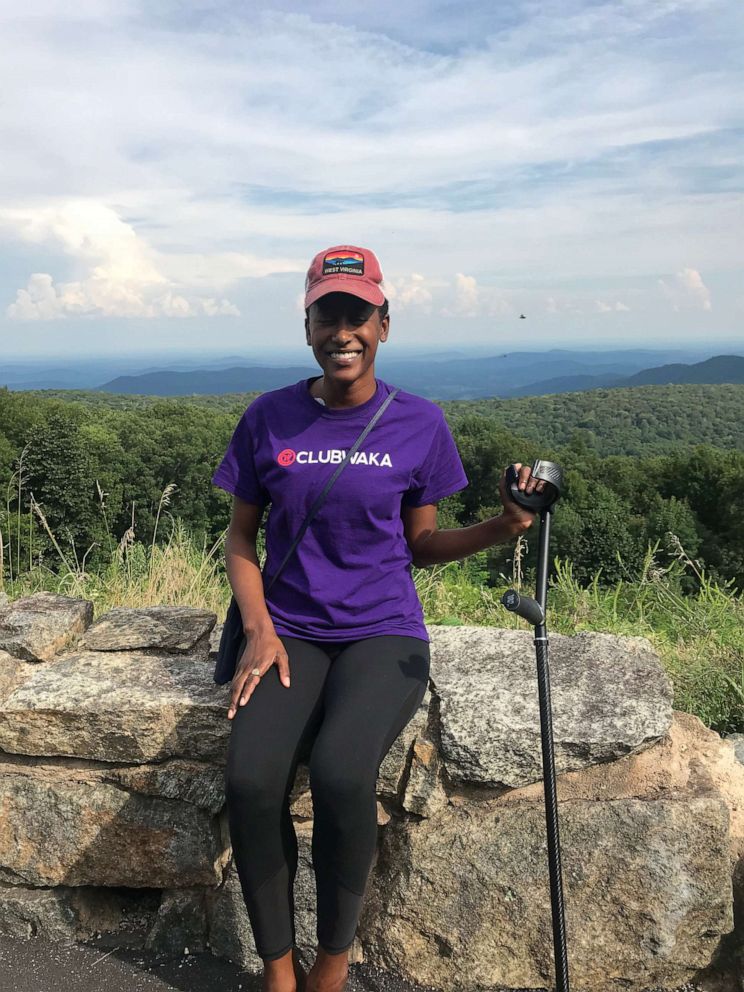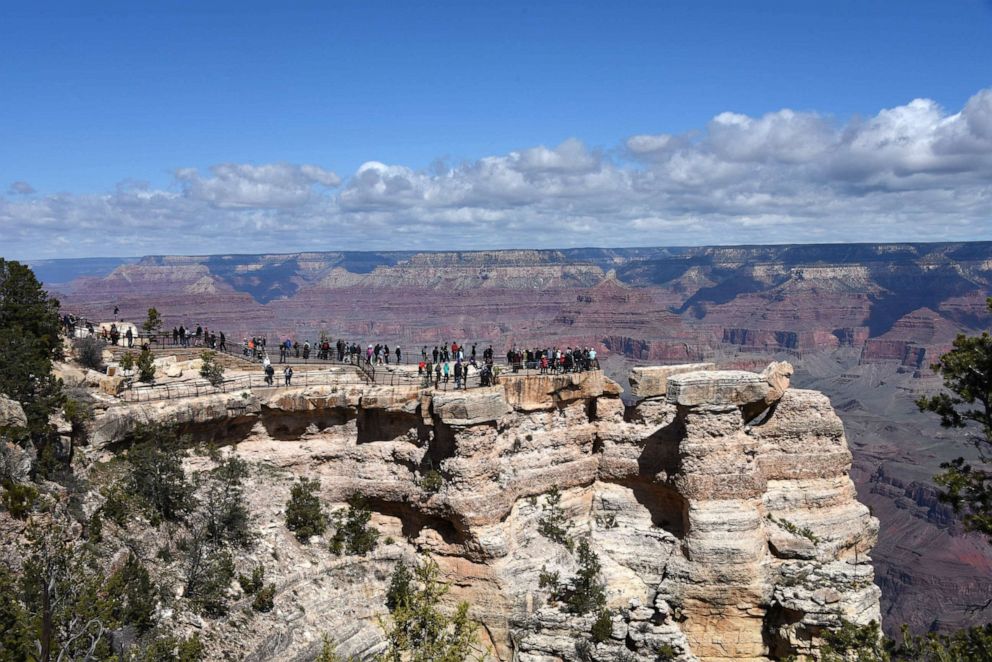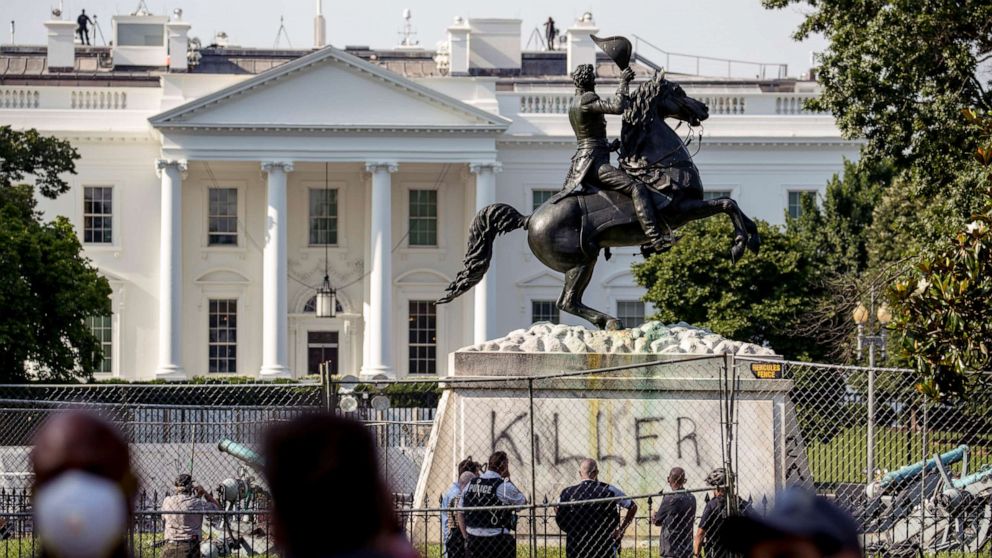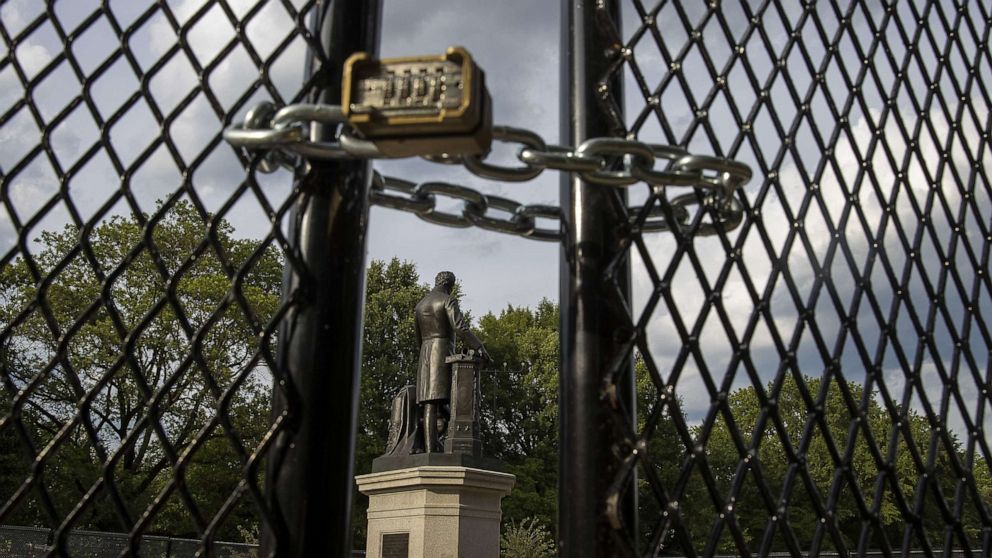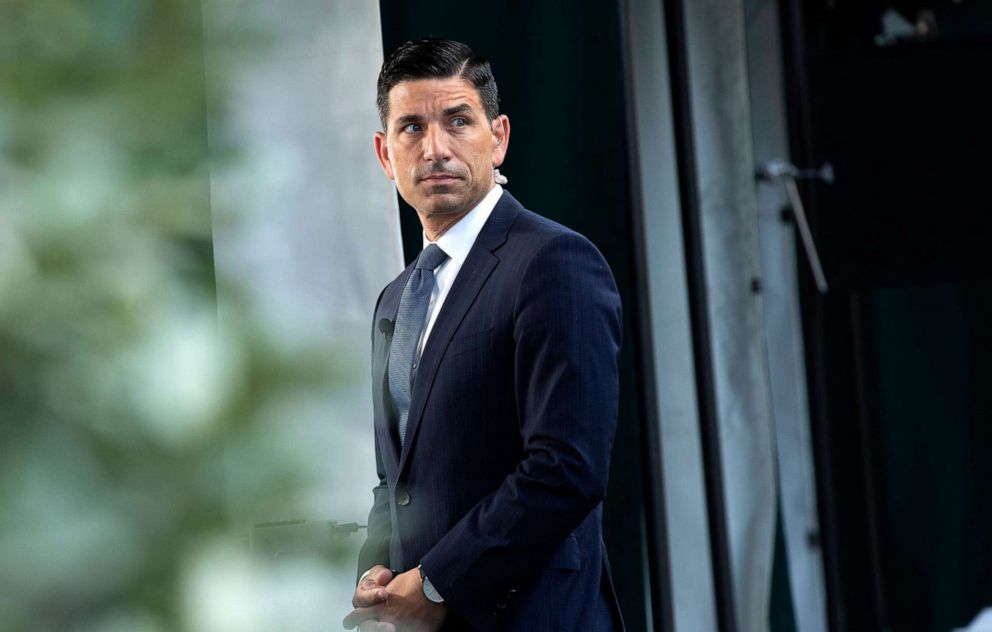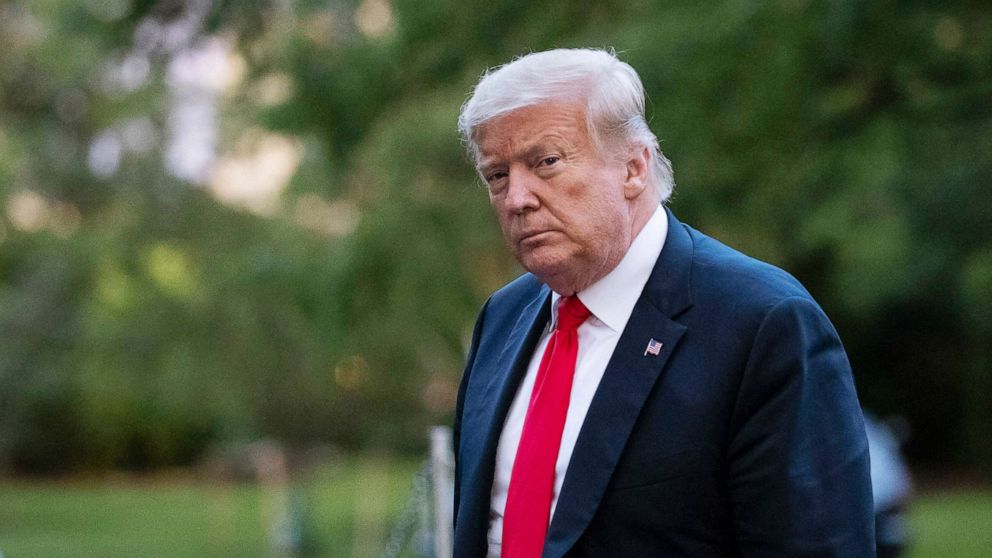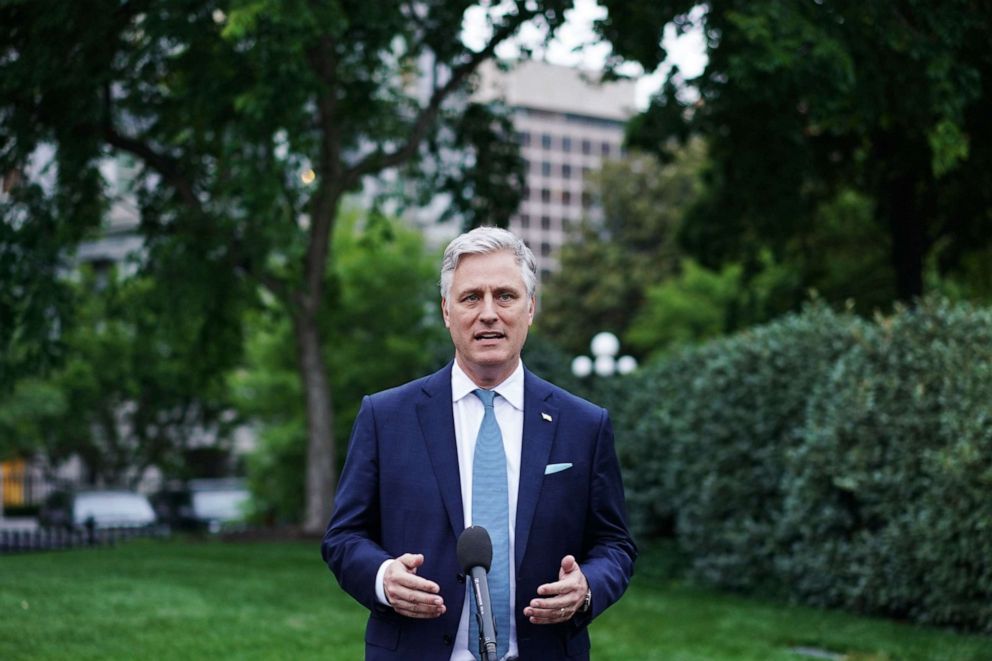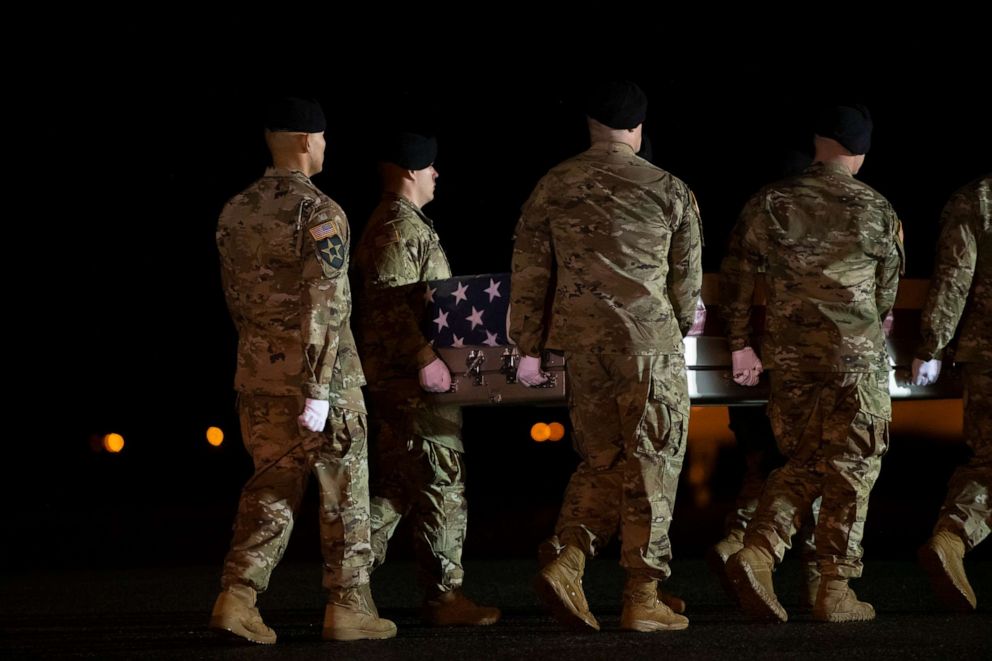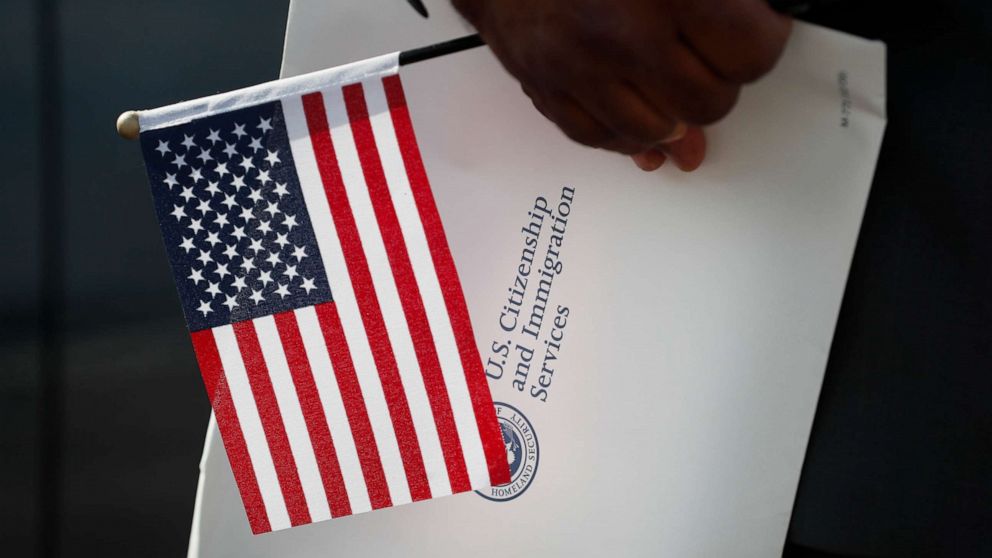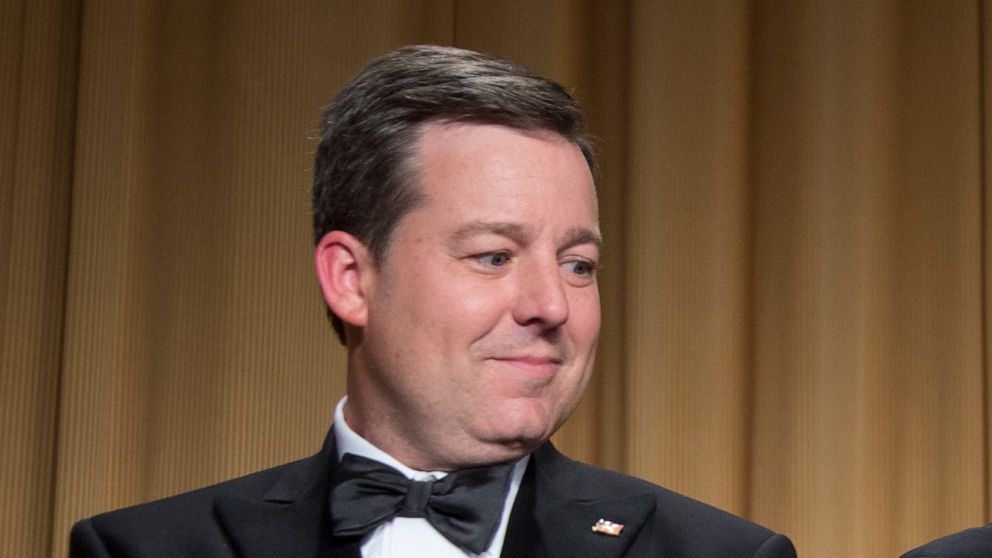DEMOCRACY NOW HEADLINEJUL 01, 2020

Israeli Prime Minister Benjamin Netanyahu is vowing to proceed with his plan to annex occupied West Bank territory in the coming days despite international condemnation and growing opposition within Israel. Netanayahu had originally planned to begin the annexation today, July 1, but the country’s alternate prime minister, Benny Gantz, is now calling for a delay, in part due to the coronavirus outbreak. Meanwhile, in Washington, Senator Bernie Sanders has signed on to a letter drafted by Representative Alexandria Ocasio-Cortez calling for cuts to U.S. military aid to Israel if the annexation plan proceeds.
Likud minister: Annexation will happen in July after Trump statement
This declaration was initially scheduled for the end of last week, but was then delayed.
By TOVAH LAZAROFF JERUSALEM POST
JULY 1, 2020

Jerusalem protest calling for sovereign now.
(photo credit: YESHA COUNCIL)
Israel will annex portions of the West Bank in July but only after US President Donald Trump has made a statement on the matter, Regional Cooperation Minister Ofir Akunis (Likud) told Army Radio on Wednesday.
Sovereignty “will certainly happen in July,” but it has to be done in partnership with the US, Akunis explained, noting that Israel and the US were still ironing out their differences on the contours of an annexation plan.
Israeli application of sovereignty “will only happen after “a declaration by Trump,” he said, emphasizing that this would be a new one, which would be issued from the US.
This declaration was initially scheduled for the end of last week, but was then delayed, he explained.
Israel is waiting for that declaration to be rescheduled before it takes any action and to date, it has not yet received word of when that declaration will be, Akunis said.
Last week, senior Trump adviser Kellyanne Conway spoke about an announcement on Israeli annexation that never happened.
Akunis pushed back at reports that the Jordan Valley would not be included in an Israeli sovereignty plan. He noted that the Jordan Valley has long been considered part of Israel’s sovereign borders dating back to the Allon plan, first put forward in 1967 immediately after the Six Day War by general and Labor politician Yigal Allon, who served as interim prime minister.

US official to ‘Post’: July 1 was never an annexation deadline for America
Akunis has been outspoken for years about his support for the Jordan Valley's inclusion in Israel’s sovereign borders.

US official to ‘Post’: July 1 was never an annexation deadline for America
Akunis has been outspoken for years about his support for the Jordan Valley's inclusion in Israel’s sovereign borders.
“Of course it has to be in [the sovereignty plan],” he said.
But first and foremost, the population centers in Area C, known as the settlement blocs, had to be secured. This included the Gush Etzion region as well as the settlement cities of Ariel and Ma’aleh Adumim, he explained. He also included the Jordan Valley in that list, even though it was not a population center, because of its strategic value.
He spoke as confusion reigned in Israel with regard to the actual date for an annexation plan or even what the details of the plan would be.
According to the coalition agreement between the Likud and the Blue and White parties, Israel can apply sovereignty to up to 30% of the West Bank as early as July 1, as long as it is done in agreement with the US.
But now that July 1 has arrived, no action has been taken, no timetable has been presented and no details have been provided with regard to the annexation map.
US special envoys Avi Berkowitz and Scott Leith have been in Israel this week holding meetings with Israelis with regard to a sovereignty map.
